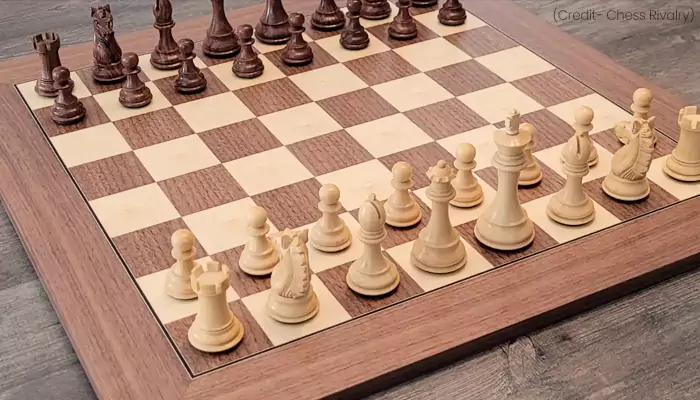
The Soviet Union played a huge role in India’s rise in chess
Once upon a time, India was a major football and hockey-playing nation. However, with the country’s first World Cup in cricket, the nation's focus shifted towards cricket, and now India is considered a cricket-dominant nation. In other sports, such as hockey, tennis, badminton, or athletics, India has performed decently, but none of these eras can be termed as truly dominating. However, over the last 10 or 15 years, India has begun to dominate a sport that the majority of people do not typically pay attention to – chess.
As we celebrate India’s 79th year of Independence Day, let us examine how India has emerged as a significant force in chess, particularly over the last decade.

(Credit - The New York Times)
Before embarking on India’s journey, let’s revisit a time when the Soviet Union was a nation on earth and a chess superpower, sweeping all chess tournaments. The nation had no dearth of chess stars who eventually became coaches and mentored the next lot to keep the tradition alive. However, when the Soviet Union broke apart, the talent it had dispersed to different parts of the world, and its knowledge was transferred.
(Credit- Circlechess)

The reason the Soviet Union keeps appearing in our article is that it provided India with tremendous assistance. There’s a reason why Southern India produces more chess stars: the Soviet Union had its embassy in Chennai, where budding players would go for practice, including Viswanathan Anand when he was a youngster.
In the late 1980s, specifically 1988, Viswanathan Anand became the first grandmaster in India to kick-start the chess revolution. As Anand progressed in his career, earning more victories and accolades, India realised the importance of chess in the world of sports. Therefore, from schools to government, the majority started pushing kids to take up chess.

(Credit- Circlechess)
In a country where funding for sports has always been an issue, chess, surprisingly, attracted sponsors easily as several private companies began sponsoring youngsters to have their names on the jerseys. Funding also meant increased participation in various tournaments across the globe, which in turn led to a rapid increase in chess literature in India.

(Credit- The Bridge)
There was a time when most Indian grandmasters were in their 20s, including GM Dibyendu Barua, GM Praveen Thipsay, and RB Ramesh, among others. However, India witnessed a new trend with Pentala Harikrishna becoming the youngest Grandmaster at the age of 15, or D Gukesh, who achieved the same feat at 12. In fact, over the last 10–15 years, India has produced over 50 grandmasters, putting it on par with Moscow.

Name any competition, ranging from the Olympiad to the World Mind Sports Games, and India has won a medal. Last year, India swept the gold medals in the Open and Women's categories at the FIDE Chess Olympiad 2024 in Budapest. As of August, the global top 10 live chess world rankings include three Indians: Praggnanandhaa, Gukesh, and Arjun Erigaisi, all of whom are in the top 10.
In 79 years, India has come to play chess on the front foot, having emerged from being an underdog. From here on, the road is only forward and upward.